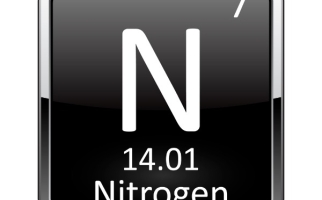
Understanding the Nitrogen Cycle
STEM Explained
What is the nitrogen cycle? How do human activities such as using fertilizer affect the nitrogen cycle? How can this cause greenhouse gases?

The Chemistry of Lipstick
STEM Explained
Learn about the organic compounds that make up lipstick as well as about some of the chemistry that goes into this popular cosmetic.

The Cold Pack: A Chilly Example of an Endothermic Reaction
STEM Explained
When you hurt your ankle, thermodynamics can help you heal! An endothermic reaction reduces the swelling by cooling your injury.
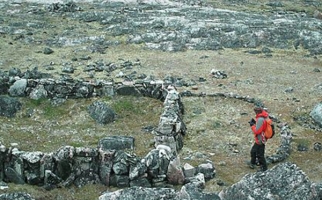
The Dating Habits of Archaeologists
STEM Explained
Radiocarbon dating is a method of radiometric dating. Learn how archaeologists use carbon isotopes to find the age of organic materials at archaeological sites.

The Genius of Mendeleev's Table
STEM Explained
Dmitri Mendeleev’s version of the periodic table was brilliant - find out why!
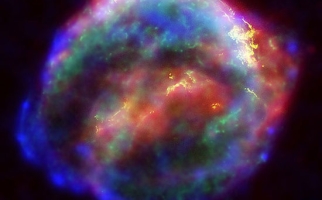
The Life and Death of Stars
STEM Explained
The life and death of stars form the chemical elements that make up Earth, making stars critical to life as we know it.
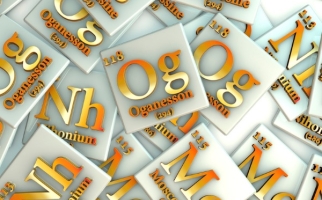
The Newest Elements on the Periodic Table
STEM Explained
The periodic table was last updated in 2016 with four new chemical elements. What is a chemical element? What is the atomic structure of the newest chemical elements? How did they get their names?

Stupendous Suds
STEM Explained
Every time you wash your hands with soap, there are complex chemical reactions taking place.
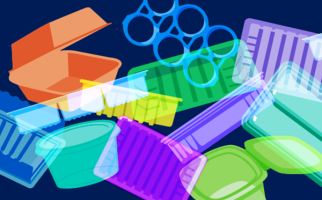
Polystyrene: The Pros, the Cons, the Chemistry
STEM Explained
Learn the organic chemistry behind this very useful plastic. Why is recycling polystyrene hard? Why does polystyrene often end up as solid waste?

Properties of Liquids and Solids
Lessons
Students develop and apply observing, comparing & contrasting and predicting skills as they explore the properties of common liquids and solids.

Meringue: The Science Behind a Wonderfully Fluffy Dessert
STEM Explained
Learn about the biochemistry of cooking meringue.
Microbial Fuel Cells
STEM Explained
In a few decades, some of the electricity you use might be generated by bacteria.
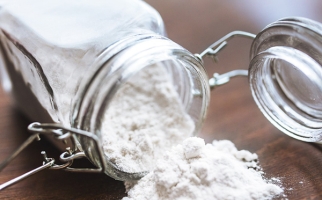
Mystery Powders
Lessons
Students investigate the properties of a variety of everyday solids (powders) and liquids to determine the identity of an unknown solid (mystery powder).
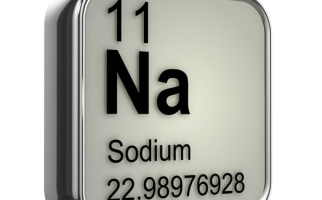
Na Na Na Na (Hey Hey Hey) Sodium!
STEM Explained
Sodium is a useful chemical element. You consume it as table salt regularly. Learn about salt mining, sodium uses, and what problems too much sodium can cause.

Keeping the Rink on Ice
STEM Explained
Learn about the chemistry of ice skating rinks, and the technology & engineering that lets us enjoy them indoors as well as outside.